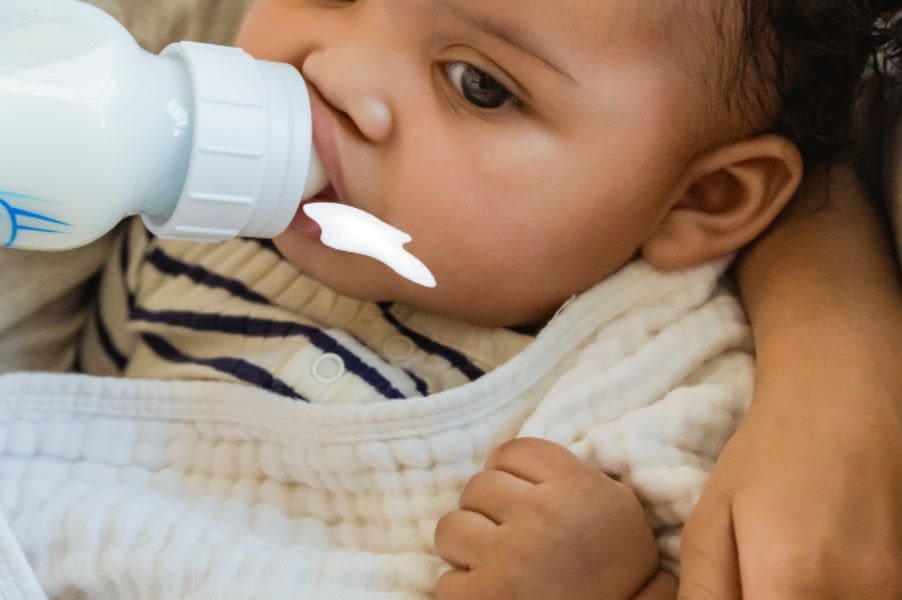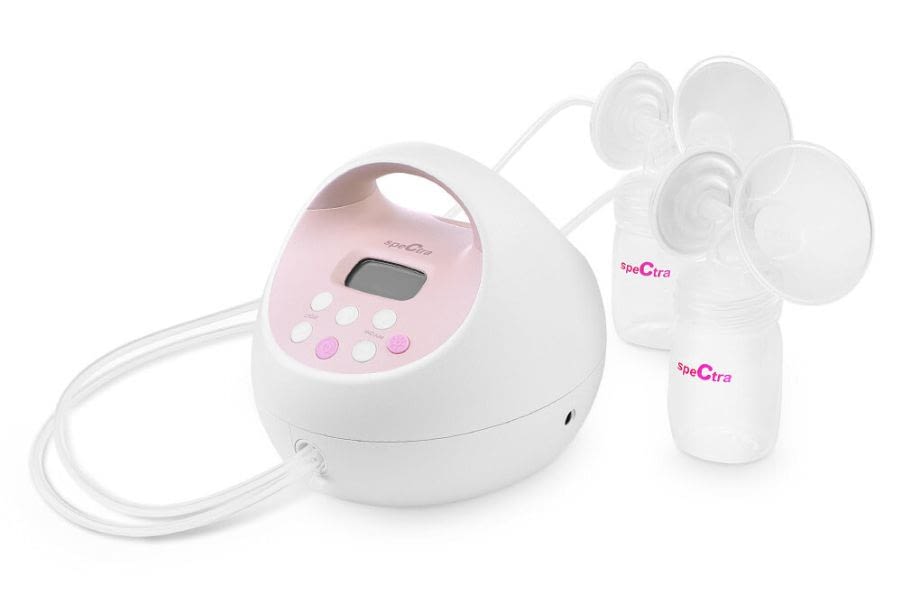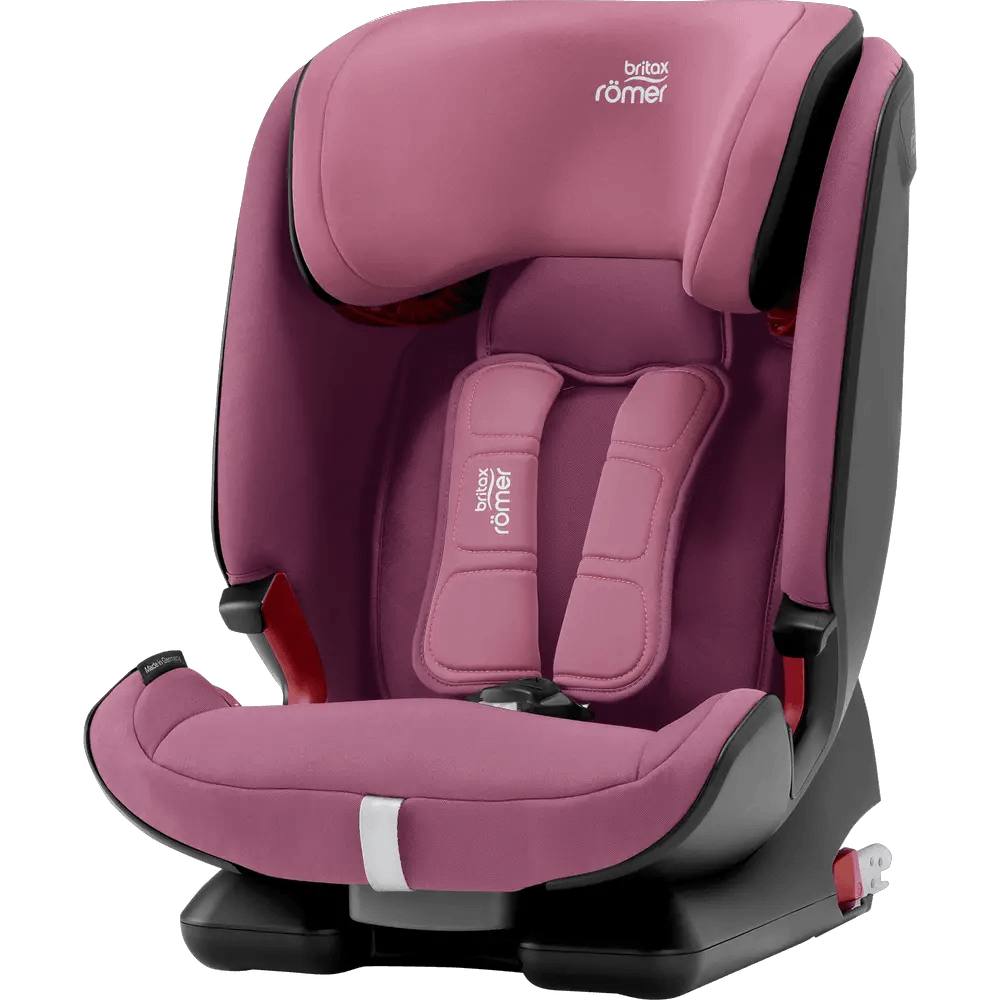Do you sometimes feel overwhelmed with all the decisions you must make as a parent? What should I feed my child for breakfast today? Is this toy appropriate or too advanced for their age? Are 360 cups bad for my toddler’s teeth and development? We understand your struggle and want to help by providing insights on one of these questions – are 360 cups bad for kids?
With conflicting information, making the best decision for your child can be confusing. Moreover, when it comes to something like drinking habits, health effects could play out years down the line in dental problems or speech issues. In my blog post below, I will look at what is meant by ‘360 cups’ and discuss whether they present any risks so that you can better inform yourself before settling upon a choice.
What are 360 Cups and How Are They Different from Regular Cups?
360 Cups are specifically designed drinking vessels intended to support toddlers in transitioning from bottles to traditional cups. They feature a unique design with a lid that allows drinking from any point around the rim, similar to a regular cup.

The key difference rests in their spill-proof mechanism. When the child places their lips on the rim and applies pressure by sucking, it breaks the seal allowing the liquid to flow.
Once the child stops sucking, the seal is automatically reformed, preventing any spillage. This starkly contrasts regular cups, which have an open design and can easily spill if knocked over.
While 360 Cups offer spill-proof convenience and can assist in developing motor skills, regular cups contribute more directly to maturing those skills and reinforcements for proper drinking habits.
Are 360 cups bad?
While 360 cups are often marketed as an effective tool for toddlers transitioning from bottles to regular cups, they have been criticized for potentially impeding oral motor skills development.
These cups require a sucking action to release the liquid, similar to a bottle, rather than the sipping action used with a regular cup. This could delay the development of the necessary muscles for proper speech and feeding.

Age Suitability of 360 Degree Cups
360 Degree Cups are typically recommended for children aged 12 months and older. At this age, a child’s motor skills are sufficiently developed to handle the cup and understand the sucking mechanism. Using the cup too early may result in frustration and potential rejection of the cup altogether.
As with any transition, parents must monitor their child’s progress and comfort level. By age 3, most children should be ready to move from the sippy cup to a regular one.
The Advantages of Using 360 Degree Cups
360 Cups have several benefits:
- Ease of Transition: 360 Cups play a crucial role in helping toddlers shift from bottles to regular cups. Their design mimics standard cups yet maintains the familiarity of a bottle’s sucking mechanism, making the transition less daunting for children.
- Spill-proof Design: The unique spill-proof mechanism of 360 Degree Cups is a significant advantage. It allows toddlers to learn to sip without the constant worry of spills or messes, giving them the confidence to handle their cups independently.
- Promotion of Oral Development: Unlike traditional sippy cups with spouts, the 360 Degree Cups encourage toddlers to use their tongue and mouth muscles like drinking from a regular cup. This contributes to healthy oral development and prevents potential dental issues.
- Enhances Motor Skills: Holding and drinking from a 360 Cup can enhance fine motor skills. It helps toddlers develop hand-eye coordination, grip strength, and control, essential for their overall motor skills development.
Why are 360 Cups Not Recommended?
While 360 Cups may be convenient for parents and helpful in supporting a child’s independence, some risks and concerns are associated with their use.
- Potential for Bacteria Growth: One significant disadvantage of 360 Cups is the potential for bacteria growth. The lid and spout parts can be challenging to clean thoroughly, leading to the accumulation of bacteria if not cleaned properly. This can put children at risk of infections or illnesses. It’s essential for parents to regularly check and clean all parts of the cup to prevent this issue.
- Dependency and Delayed Transition: Another disadvantage is that children may become overly dependent on these cups, delaying the transition to regular cups. Continuous use may restrict children from learning how to drink from a regular glass, an essential skill they must eventually master.
- Impact on Speech and Oral Development: Using 360 Cups could impact a child’s speech and oral development. Some experts argue that the sucking mechanism may prohibit the child from practising the tongue and lip movements necessary for proper speech development.
- Misleading Sense of Independence: While 360 Cups are designed to promote independence, they may provide a misleading sense of self-reliance. Children may think they’ve mastered the skill of cup drinking when, in reality, they still need to learn how to handle a regular cup without a spill-proof mechanism.
Why are 360 Cups Bad for Teeth?
The primary concern from a dental perspective regarding 360 cups is the potential for prolonged exposure to liquids other than water, which can contribute to tooth decay. While the cup design is innovative in preventing spills, it also allows continuous access to the beverage inside. A child consistently sipping milk, juice, or other sugar-containing drinks from a 360 cup throughout the day could increase the risk of developing cavities.
Dr. John R. Liu, a pediatric dentist, explains that the risk of tooth erosion and decay increases when children sip on sugary or acidic drinks. The bacteria in the mouth feed on these sugars, creating acid, and it’s this acid that can start to erode tooth enamel. The more frequently a child sips on such drinks, the more the teeth are exposed to these acid attacks.
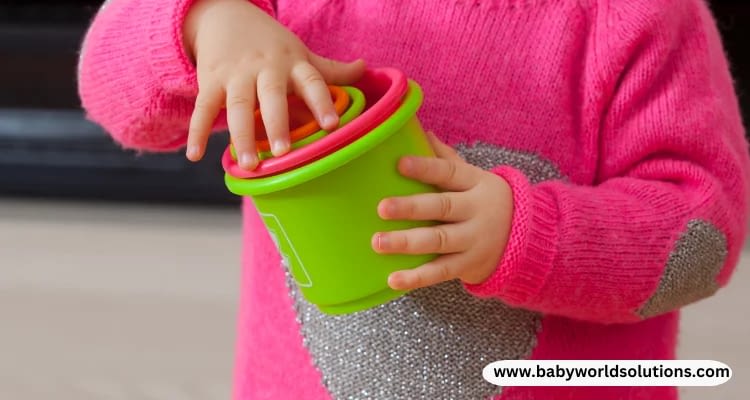
Accordingly, the American Academy of Pediatric Dentistry (AAPD) recommends that children primarily drink water and unflavored milk. Furthermore, they suggest serving juice or other sugary beverages only during meals or snacks rather than allowing children to sip on them throughout the day.
So, are 360 cups bad for teeth? it’s not precisely the 360 cup that could harm teeth, but rather the prolonged exposure to sugary or acidic drinks that it could facilitate. Regular dental check-ups and good oral hygiene practices, including brushing and flossing, will help maintain your child’s dental health.
Why are 360 cups bad for speech development?
Concerns about the potential effects of 360 cups on a child’s speech development exist. Although these cups are designed to foster independence, they could also inadvertently inhibit normal speech and oral development if used excessively.
Dr. Catherine Crowley, a speech-language pathologist at Teachers College, Columbia University, explains that drinking from a 360 cup involves the same tongue and lip movements used in speech. However, the continuous liquid flow in these cups can prevent children from practising proper lip and tongue control for speech production. This lack of practice could contribute to delayed speech development or articulation issues.
Moreover, prolonged use of 360 cups can also lead to decreased oral motor skills, muscle weakness, and an inability to transition to regular cups with more complex drinking techniques.
To prevent these potential issues, using 360 cups in moderation and gradually introducing alternatives like straws or open cups is essential. It’s also recommended to encourage children to practice using their lips and tongue while sipping from a cup. SLPs may provide additional guidance on incorporating speech exercises into everyday routines.
So, are 360 cups bad for speech? while 360 cups can be helpful transitional tools, monitoring their use and considering the potential impact on a child’s speech development is essential. As always, consult with a speech-language pathologist for individualized recommendations.
What cups are recommended by speech-language pathologists?
Speech-language pathologists (SLPs) often recommend various cups to promote healthy oral and speech development in children.
Open cups are highly recommended to encourage proper lip closure, tongue elevation, and liquid flow control. They also strengthen the oral muscles used for speech development and eating solid foods.

An open cup is the best way to encourage proper drinking as your child ages. This method may be messier initially, but it is vital for your child’s development. You can start with small amounts of liquid and gradually increase as your child becomes more comfortable and skilled.
Straw cups are an excellent alternative as they still maintain the spill-proof feature but offer a different method of drinking. They support the development of strong oral muscles, which are crucial for speech, swallowing, and overall mouth coordination.

Handled or training cups can also be beneficial as they allow children to practice holding a cup while controlling liquid flow. These cups are similar to regular cups but have two handles on each side for easier grip and control. Some training cups also come with a removable lid with a small spout for initial transitioning from the bottle, allowing your child to gradually get used to drinking from a cup.
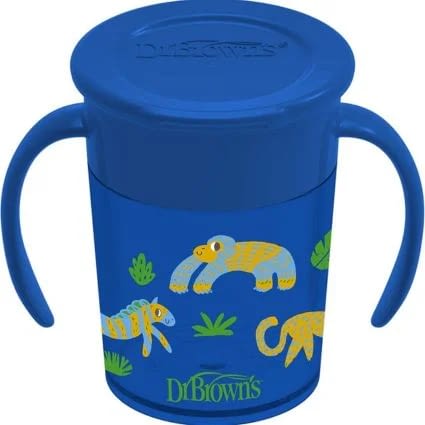
Water bottles with a pull-up spout can also be an option for older children. They are less likely to spill and require a similar mouth movement to drinking from a regular cup. This option is also excellent for on-the-go situations.
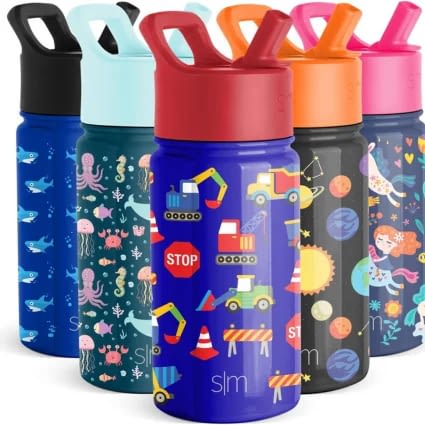
Are 360 cups better than sippy cups?
Comparing 360 cups and sippy cups, both have pros and cons, and the “better” option often depends on each child’s specific needs and development stages. Sippy cups, on the one hand, are typically easy for children to hold and are great for transitioning from a bottle. They help prevent spills and are easily portable, making them popular among parents.
However, prolonged use of sippy cups could contribute to tooth decay (if used with sugary drinks) or delay speech development, as they don’t promote the natural drinking skills of regular cups. Moreover, they can also lead to overbites or crossbites if used for an extended period.
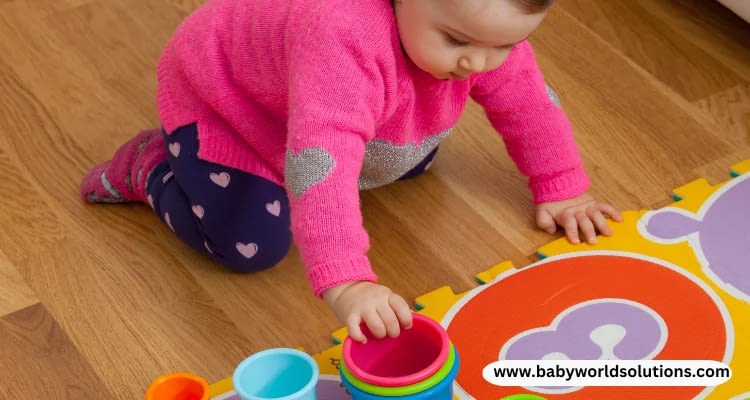
On the other hand, 360 cups promote a drinking style closer to a regular cup, which can be beneficial for oral motor development. They are also spill-proof, like sippy cups, and allow the child to drink from any edge. Nonetheless, they share similar drawbacks to sippy cups, such as the potential for tooth decay with sugary drinks and possible inhibition of normal speech and oral development if used excessively.
In conclusion, while both cup types have benefits, they should be used as transitional tools, not permanent solutions. Regular dental check-ups, good oral hygiene practices, and consultation with a speech-language pathologist can ensure a child’s optimal oral and speech development.
Munchkin 360 cup review
The Munchkin 360 Cup is a widely recognized transitional drinking tool, lauded for its innovative design that aims to educate children on how to drink from a regular cup. The spill-proof feature is a standout, providing peace of mind for parents and maintaining cleanliness. The cup also encourages healthy oral and dental development by allowing the child to drink from anywhere around the rim, just like a traditional cup.
However, why is the Munchkin 360 cup not recommended? Well, there are a few points to consider. Due to its 360-degree design, the cup might be challenging to clean, particularly the silicone ring, which prevents spillage. If it is not cleaned properly, it might foster bacteria build-up. Also, while it is a fantastic transitional tool, spending time on it is crucial, as this might delay the child’s transition to a regular cup.
Overall, the Munchkin 360 Cup is an excellent investment towards your child’s independent drinking journey, provided the usage is monitored and transitioned from the right stage.
Final Thoughts: Why are 360 cups not recommended?
In conclusion, the usefulness of 360 Cups must be considered. They play a crucial role in a child’s transition from using a bottle to drinking from a regular cup. They foster independence and aid in the development of fine motor skills. However, being aware of potential drawbacks such as bacteria build-up and delayed transition to regular cups is essential.
Therefore, parents and caregivers should approach the use of these cups as a transitional phase, gradually introducing alternatives like straw cups, training cups, or open cups. Above all, a balanced approach backed by consistent monitoring and patience can ensure a smooth transition and promote healthy drinking habits in children.
1 Visit today


